Mixing Night Audio: “I sold my SSL last year. I don’t need to look at gear anymore; I want to look at stuff that’s fun and inspiring and clever and different. That’s the ethos behind our designs”
We catch up with the founders of Mixing Night Audio, the brand behind quirky, gamified plugins like LOLCOMP that deliver pro-level results
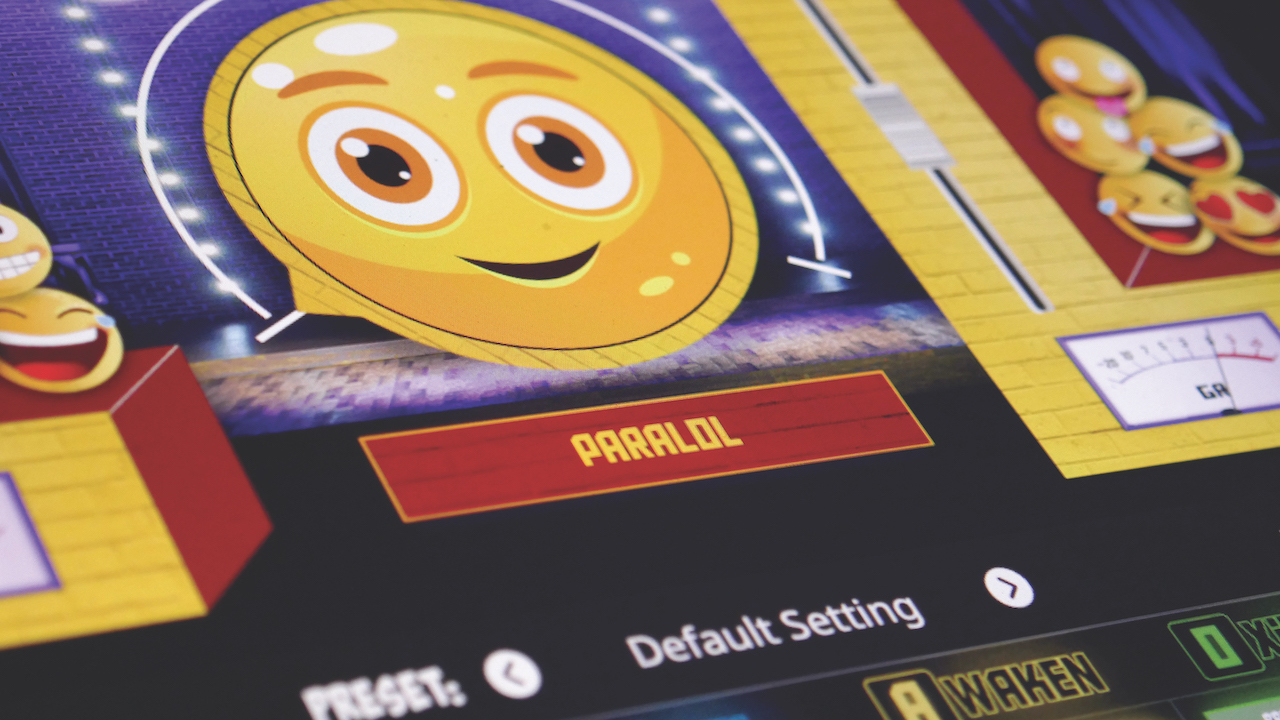
Born out of their popular series of YouTube-based producer masterclasses, Mixing Night Audio’s quirky and innovative first releases have turned quite a few heads with both their gamified design and pro-level results.
We caught up with the company’s respected founders to discuss LOLCOMP, the underpinning idea, and how their technology serves to arm their audience.
When did you form Mixing Night Audio, and what was the driving force behind establishing the company?
Ken Lewis: “We were locked down and we knew Covid was going to be really, really serious, and we had no idea if the world was going to hit pause indefinitely. We had all this gear and a bunch of time, so we just started to broadcast and started bringing people together. The more we built a community the more we realised that we had something we didn’t know we needed. We don’t even attempt to monetise the show, so we can use copyrighted material and I can put on the show stuff that I want to put on; I don’t have to cater to anybody else. We partner up with other companies to do giveaways but we don’t have sponsors.”
Dom Rivinius: “We ran Q&A sessions, had QuickTip videos. We still do Mixing Night every first Wednesday of the month. That’s the foundation of this community. All of our 13,000-strong audience have come organically – we did no advertising. We were thinking, what can we do to increase the engagement in that community even more, and what can we do to give them tools to get better results. We’ve talked to those people on a daily basis. The problems that everyone was facing were pretty similar, and that was the foundation of what tools we built and how we built them, to help as many of those people in those stages.”
Ken: “We’re hoping that long-term the income from the plugins allows us to keep doing the shows. We put a whole staff, about three hardcore days, into a free show that makes us no money. But it became the thing we loved and we had serious conversations about whether we should stop this. I realised I couldn’t. Now we’re committed to the show, committed to the plugins.
“I was just at the AES show in New York; I couldn’t walk 20 feet without someone saying ‘Dude, I love Mixing Night, keep doing what you’re doing’. The outpouring of love from the audio community for what we’re doing at Mixing Night is special. I see really high level people tuning in and telling their friends. We have multi-platinum heavyweights tuning in regularly, live on the broadcast. I feel like we’re making a difference. Everyone can interact on the chat and make networking connections.
Want all the hottest music and gear news, reviews, deals, features and more, direct to your inbox? Sign up here.

“We also realised that people were collaborating on our beat challenges across oceans, making music for the show. A lot of the plugins we’ve made are built on how we keep this show and community going, and try and turn it into a real thing. We’ve tried to build plugins that are simple to use.
“I sold my SSL this year; it broke my heart but my last analogue console has left the building. I don’t need to look at gear anymore; I want to look at stuff that’s fun and inspiring and clever and different. I think that’s the ethos behind our designs. We want you focusing on what’s coming out of the speakers, not what’s on the dials. We took all of the numbers and ratios away.
“We design plugins that are super easy and super rewarding to use. You hear a result and you’re going to know if you like it or not. With LOLCOMP, I put five of my chains under the hood. You select a chain, and a lot is going on under the hood when you’re turning that dial. There’s a ton of different stuff happening in ratios and percentages. As the dial moves each throw is a different thing. You can audition each of the five different chains easily and see which is best. You can manipulate the dropdown.
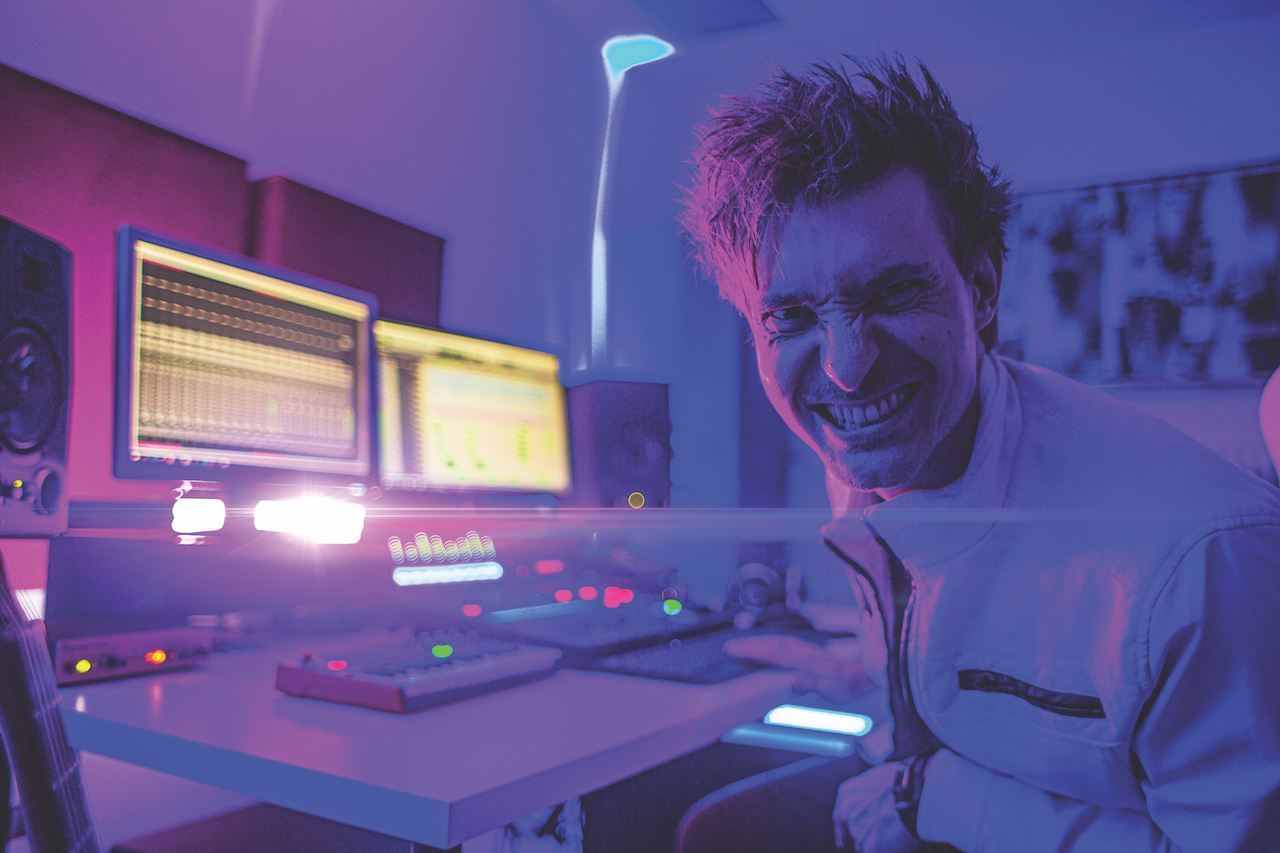
“My ability to dial in sound, even with [first plugin] GreenHAAS, is mind-blowing. What we discovered with both plugins is that when you don’t have to click here, click there, move this and move that to get a result, then you just need to focus all of your attention on one thing, your brain works differently – you can focus much more on what you’re working on and what’s coming out of the speakers and reacting to it. When you’re not so involved in ‘what number do I need to hit’, it’s a totally different mindset. People might look at LOLCOMP and think ‘ah, is that a professional thing?’. But all of my pro friends fucking love it.”
So is it an objective of yours to design plugins that help those who might be put off by overly complex plugin design?
Ken: “Our whole mindset is that the gear doesn’t matter – although, having good gear is fine – but if you can forget about your tools you can let your ear and your brain and your heart do the work. There’s other precision tools out there to do specific things that LOLCOMP doesn’t do, but LOLCOMP has replaced around eight or ten of my other plugins. I’ve used nine instances of LOLCOMP and four of GreenHAAS on a recent mix I just did. That was a 60-track mix. I think you can open up any of my mixes and see the same. It’s so easy to dial in such an incredible range of sounds.”
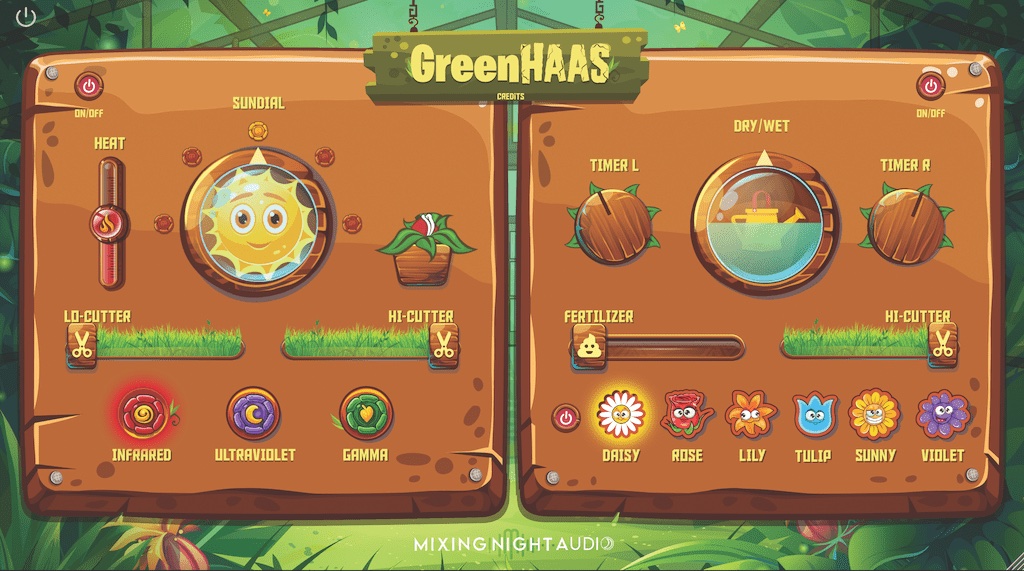
Dom: “We don’t want people to have to study at a music production college and understand all the parameters of an EQ before getting involved with mixing. We want to give people the means to make music, to make things as easy for them as we can. While at the same time, we want to give them quality results. Ken and I have practised and trained like crazy – and you do need to hone your craft. But there are ways that you can help motivate people who aren’t there yet. That is what we want to do.
“It’s true for every single level. When one of the new giant Plugin Alliance channel strips comes out with 5,000 dials, I open it, I spend 20 seconds – and if it takes me too much effort to understand I’ll close it and go to my tools that I know work. Once you’re taken out of the creative mindset, the results are gone – you’re not able to get the great level of musical emotion and impact out of the song because you’re not in the emotional state anymore, you’re in the technical state.
"That’s something Ken says all the time. He wants to get out of the tech brain and into the creative brain, because that’s where you can make the most magic. That’s how our plugins are designed, gamified UIs. You don’t even think of Attack and Release; you think, ‘let me take the Levitate button and levitate the audio a bit’.”
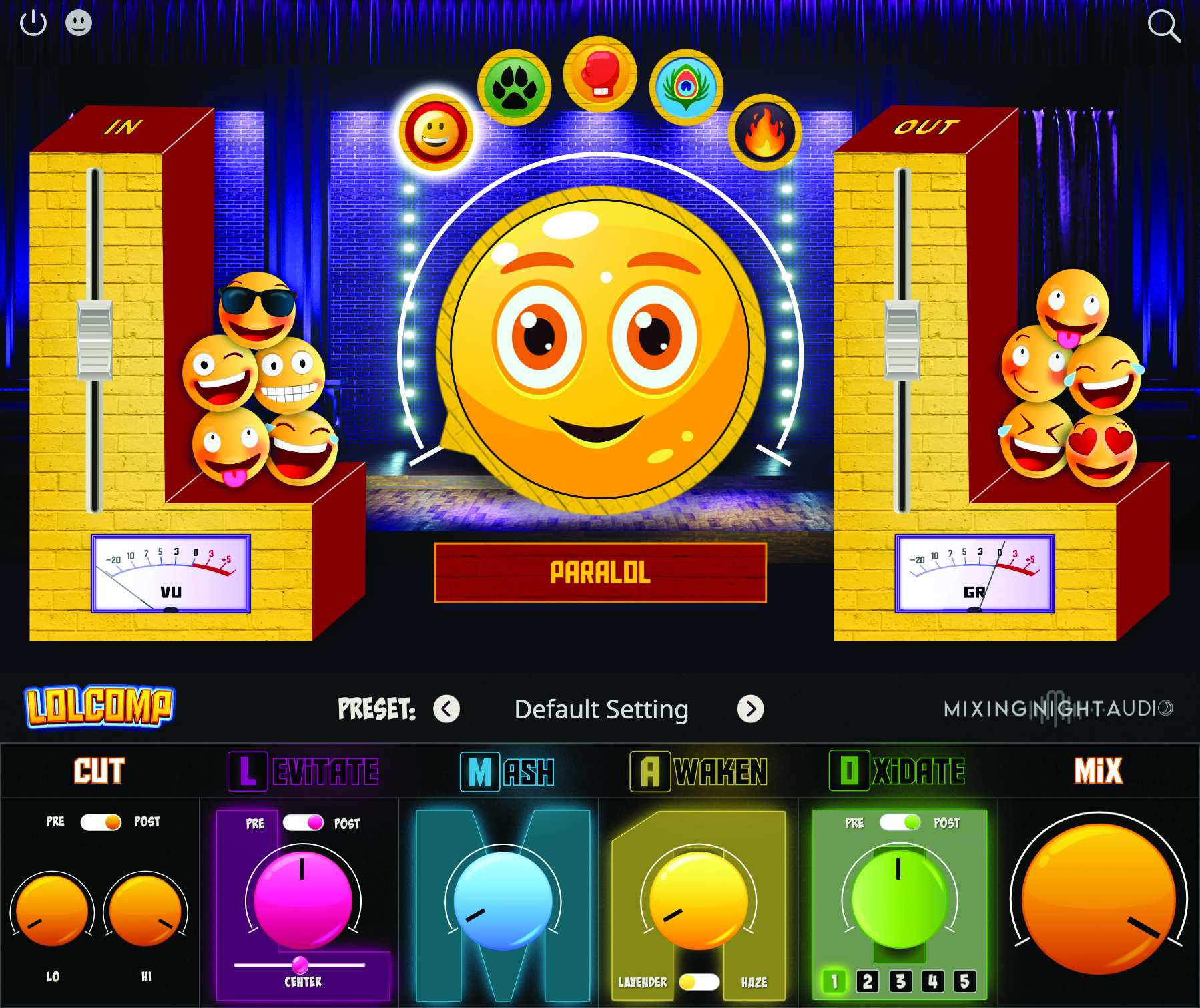
Were you developing GreenHAAS and LOLCOMP at the same time?
Ken: “GreenHAAS was our first product, and we partnered with a company in Alabama called Telegraph Creative to do the final GUI for us. When we had the idea for the GUI we figured there were a lot of plugins out there that were doing similar things, and we were really shocked to find out that no new companies are doing anything like what we’re doing, so we figured we were in our own lane there. GreenHAAS was a slightly niche plugin; it’s a saturation spreading plugin so it’s not like I’d use it on the mix bus. It’s more of a once or twice a mix type thing, when you need something spread out. LOLCOMP you can use on everything. The only thing I don’t use it on is the mix bus.
“I didn’t think I’d use the reverbs on LOLCOMP much myself, but I’ve found that I’m using them constantly. Most of the time you don’t need to dial in the perfect reverb, you just need a little space. We’ve given you five spaces that me and Dom hand-crafted ourselves. Every single thing about LOLCOMP me and Dom really suffered over.”
Dom: “We are a small team, and have been developing LOLCOMP for one year. We started in 2022 and the first draft (or outline) was July ’22, and it came out in August ’23.”
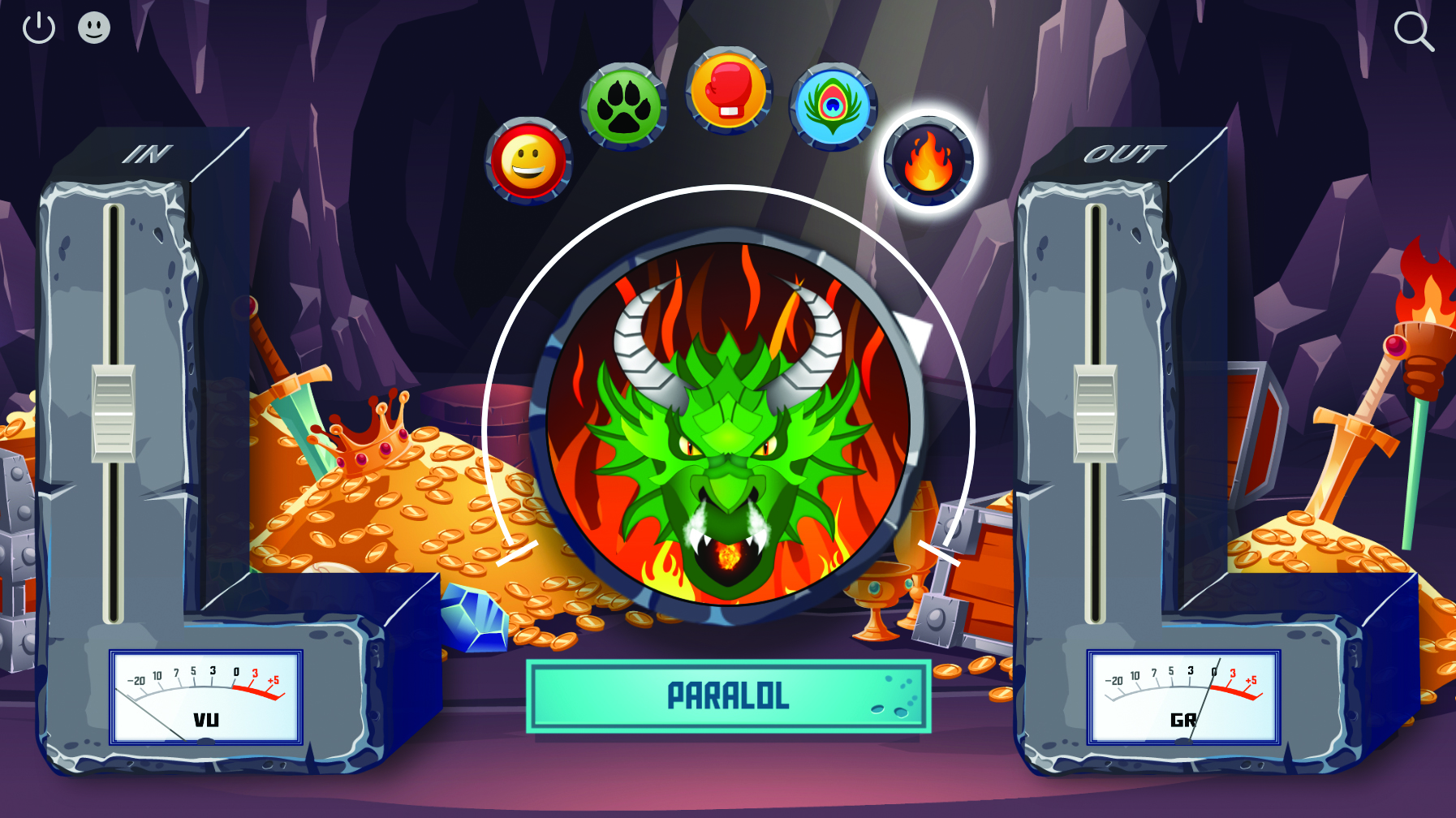
How many people are involved in Mixing Night Audio?
Ken: “My wife Lori, myself and Dom own the company. For the show we have four other people helping out with the video and the show. We keep trying to get up to a more and more professional broadcast each time; my new studio is totally bananas. We want to make the next show bigger and better.”
Dom: “Gary Grutzek is our main developer; he used to work at Brainworx. He worked on loads of well-regarded stuff, and worked for Unfiltered Audio too. He just left the company and became a freelancer. So we used him.”
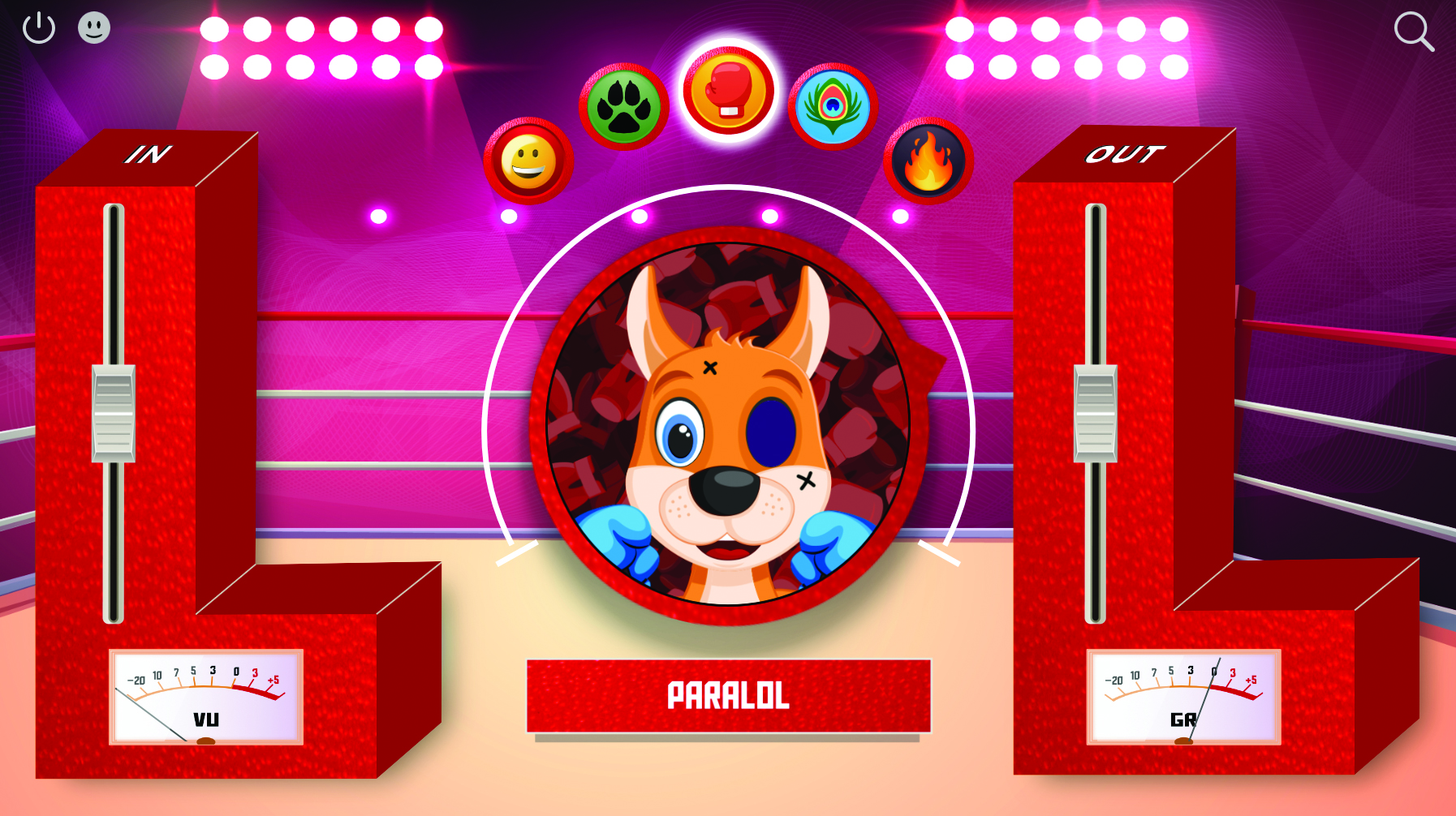
Can you talk us through LOLCOMP’s five chains?
Ken: “LOL Chain is the first and that’s my vocal chain. I was able to pretty accurately mimic my entire vocal chain under the hood and it’s pretty amazing. Panda Chain is my 808 chain – it will solidify low-end information so quickly. Kangaroo Chain is the punch chain that’ll help keep your transients squeezed. Peacock is the pretty chain, so it’s got light compression and a little bit of air to it. Dragon Chain goes from real gentle saturation to real destructive distortion.
“The sleeper hit of the product was the Dragon Chain which I think me and Dom worked the hardest on. At its lowest, it can give these boring sounds this amazing subtle saturation that just sounds beautiful. We took this clean guitar and we put it into Dragon. At the bass it’s like a semi broken-up clean guitar and then you just keep twisting and it becomes like a Big Muff. I was blown away by the tones we were getting. Then you put something else on it and it sounds totally different. It’s great on vocals, great on guitars and it’s such a usable chain. That alone could be its own plugin.”
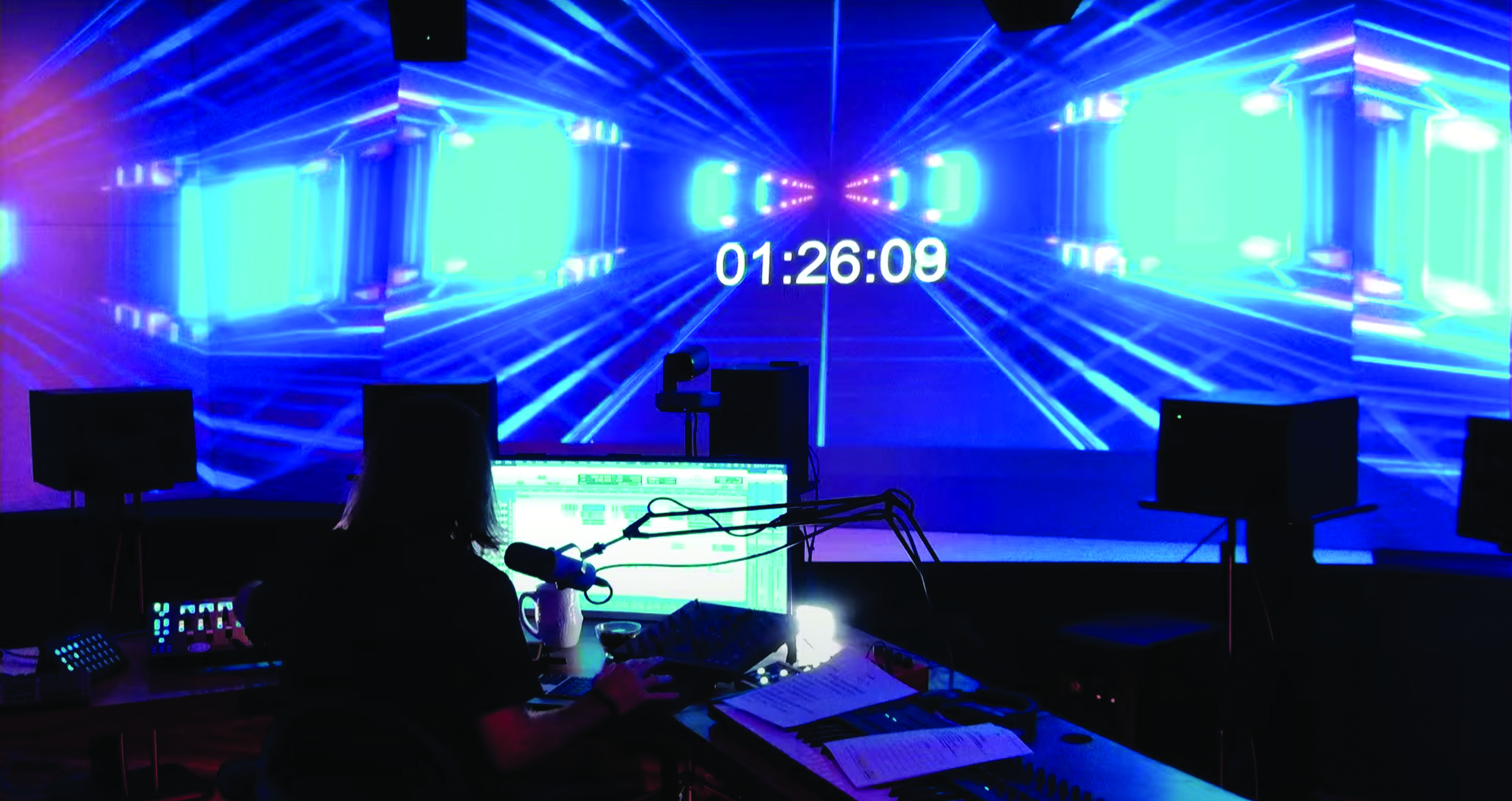
So it’s all based on your go-to chains. Were these hardware or software-based?
Ken: “Both, but mostly plugins. Each chain was mostly envisioned as a way of getting away from processes I find myself repeating over and over and over again. There’s certain things that I know work, and so Dom and I built each of those chains for focused purposes. Some work well on the level you’ve got coming in, others you have to dial in a bit more by ear to get more of a result, but that’s just like any compressor. Otherwise, it’s just pick your chain and go.
“We actually added the dropdown later. It was only going to be five chains but then we realised it’d be a lot cooler with a dropdown. I think Dom came up with the ‘LMAO’ idea, so we came up with four slots for ‘LMAO’; that dropdown is just lethal. Levitate is tilt, I think that’s one of the most slept-on techniques in mixing. A lot of times you’ll get a vocal and it might be a little bit tubby and a little bit dull. Most people will EQ out some of the bass and EQ in some of the top. If you just give it a little tilt then you’re 90% there without having done anything else. All of a sudden your compression is smoother, your frequencies are more aligned before you’ve done anything else.

“You can then go over to the Awaken band and add a little bit of haze to see if that improves further what you’re doing. There’s just such versatility to this thing, that’s why I’m over the moon with it.
L – is Levitate
M – is Mash
A – is Awaken
O – is Oxidate
"Oxidate is the reverbs, our five curated reverbs. Dom and I went through a bunch of reverb settings and picked the five that we thought were OK. One of these will cover most situations you need ’verb for. That’s what we wanted. Little bit more, little bit less. Perfect. Getting the thought process of using these things out of your brain, and being able to just focus on the music. I’ve been such a preacher of that.
We want you focusing on what’s coming out of the speakers, not what’s on the dials
“My ‘sprint mixes’ are exactly that, the idea is that you should stop thinking about the tech, and focus on what’s coming out of the speakers. Just react to that. Whenever I talk to young students in my masterclasses, I’ll show them and tell them that I’m not using any plugins, it’s just mix stems – you just need to level them. 30 seconds, they’re already adding plugins – every single time. You don’t realise until you see it for yourself how ingrained the use of the tools is as a first move instead of ‘let me just listen to what’s coming out of the speakers and figure out what my first move should be’.
“Our whole ethos of the company and plugins and all of that is just to focus on the music, and react to it. We’re giving you a bunch of tools so you can very easily dial in a bunch of tools. Selfishly speaking, I built it for me – it’s made my life so much easier!”

So having these chains easier to hand saved your own time in the studio?
Ken: “Well, it’s not only time, it’s creativity – when you can cut down on time you can open up creativity. You’re not focusing brain power on tech – you’re focusing brain power on creativity. The entire dynamic is ‘how do I shift brain power towards the music and away from the tech’. I know the tech is running under the hood and I know what it can do for me but I’m not going to think about it until I need it. I want to think as little as possible about it when I’m using it. This is our company ethos really. GreenHAAS is the same and our next plugin will be the same.”
Is there anything you can say or tease about the next plugin?
Ken: “Generally, it’s going to be a plugin that makes everything better. Our stuff is ‘don’t think about it, just listen’ and it’s going to follow that directive. We’re going to give you a bunch of choices that are straight from our work processes. One of our superpowers is the fact that we make records for a living. We’re not designing a plugin and handing it off to Waves to finish; we’re all over the vision and execution of the whole thing. We figure that if we’re building stuff that we love, other people are going to love it too. We’re building the tools that we need.”
Ken, with your vast experience as a mixer, producer, musician and much more, what advice would you give to anyone starting out in their career in music production in 2024?
Ken: “Listen a lot. Listen to how your stuff hits you emotionally and listen to where the bar is set for what you’re trying to accomplish. I think that encapsulates it. Going further into that is that there’s such a tendency these days to think, ‘I’ve created something and somebody needs to hear it,’ and a rush to put it out now. Then you put it out and nobody likes it, and you think, ‘oh, I suck’. That was never the way it was when I was coming up.
We figure that if we love it, other people are going to love it too. We’re building the tools that we need
"Nobody heard you until you got a record deal. You had to really fine-tune your craft before you put yourself out to the world. Now you put yourself out to the world before you fine-tune your craft. Then you get judged for it. A lot of people can’t handle that judgement, because it sucks. Being in this business for 32 years, you know pretty early on when you meet people if they’ve got staying power. It’s not the talent, it’s the drive.
“There’s one great way to spell out that lesson that I’ve shared on Mixing Night a few times. I’m an artist myself, in an outfit with Michael Maas called obSCENE Stealers. We’ve put out a bunch of singles. If you go to our Spotify page you’ll see that a few of our singles have streamed into six figures, and some are at 20/30k, but two of them have no streams (under 1,000).
"Those are the two that we spent no money promoting. We spent a little bit of money promoting the others; for those two we spent zero dollars and it looks like nobody knows us. We’re unimportant, who cares – meanwhile the music is fantastic, it could make us a ton of money in sync, but if you don’t spend in the right way it looks like nothing’s happening. A lot of artists don’t realise that they need to find the right people and the right team to create the right music – you have to figure all of that out before you lose your steam as an artist, which is hard.
“What’s great about Mixing Night is that we give people time to grow. When we give people beat challenges Dom and I will cook up a starter to spark ideas with people. Then we’ll feed that starter to our community and we get back like 50-70 submissions, with so many different lanes of creativity – people taking the same thing making a Latin beat out of it or a hip-hop beat or a pop beat. They’ll write songs and top lines to it. We’ve just had the most amazing collaborative experiences out of it.”
So with even more plugins, and continuation of the Mixing Nights ahead what’s the next most immediate thing on Mixing Night Audio’s agenda?
Ken: “Well we’ve got a few plugins cooking. The one we’re probably going to do after our next release is going to be so cool. I think we have the next three strategically laid out. We just need to design them. We’re in this long-term. Come what may, we’re going to be keeping on doing this and finding a way forward, and keep finding creative partnerships.”



I'm Andy, the Music-Making Ed here at MusicRadar. My work explores both the inner-workings of how music is made, and frequently digs into the history and development of popular music.
Previously the editor of Computer Music, my career has included editing MusicTech magazine and website and writing about music-making and listening for titles such as NME, Classic Pop, Audio Media International, Guitar.com and Uncut.
When I'm not writing about music, I'm making it. I release tracks under the name ALP.



